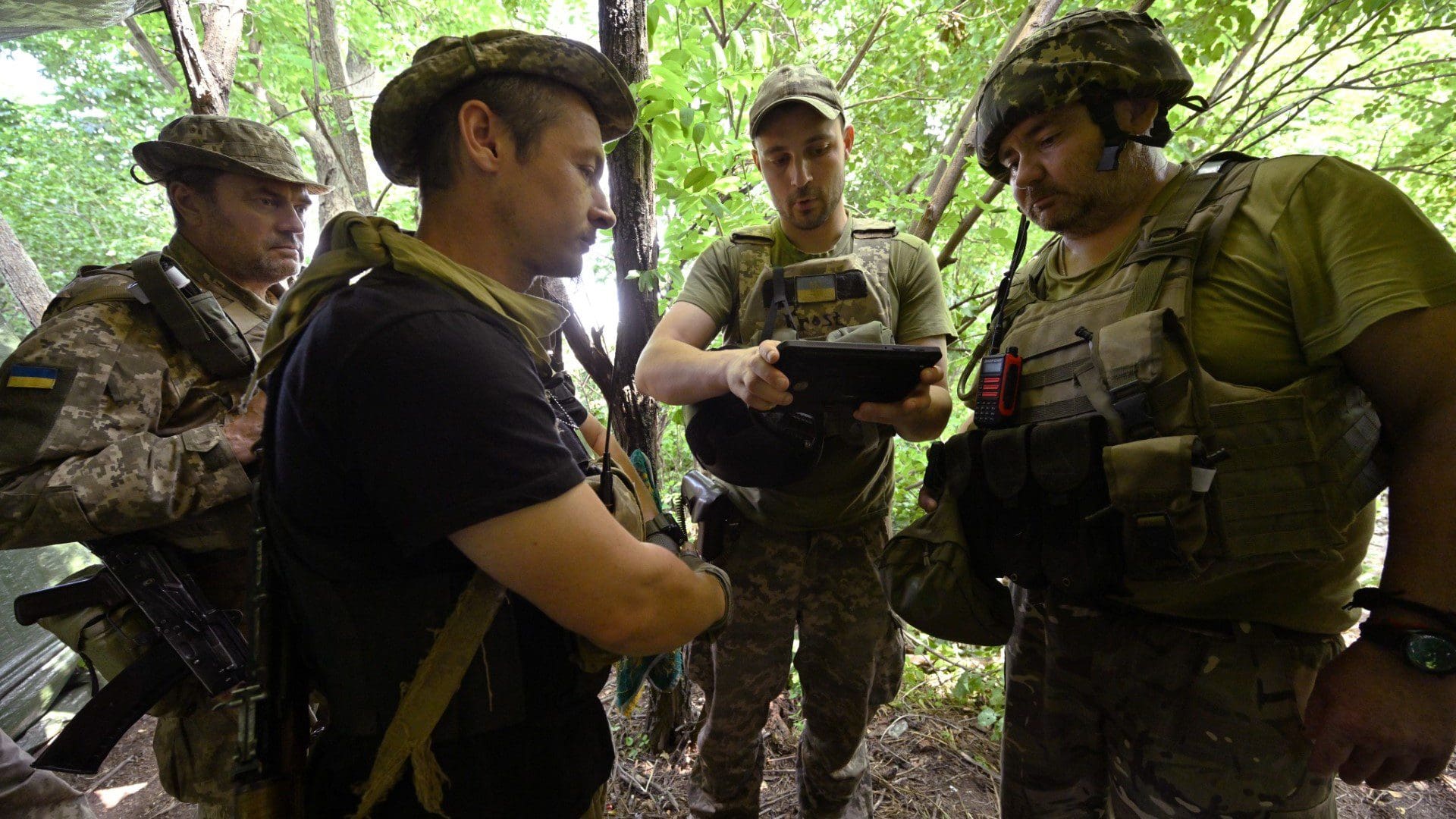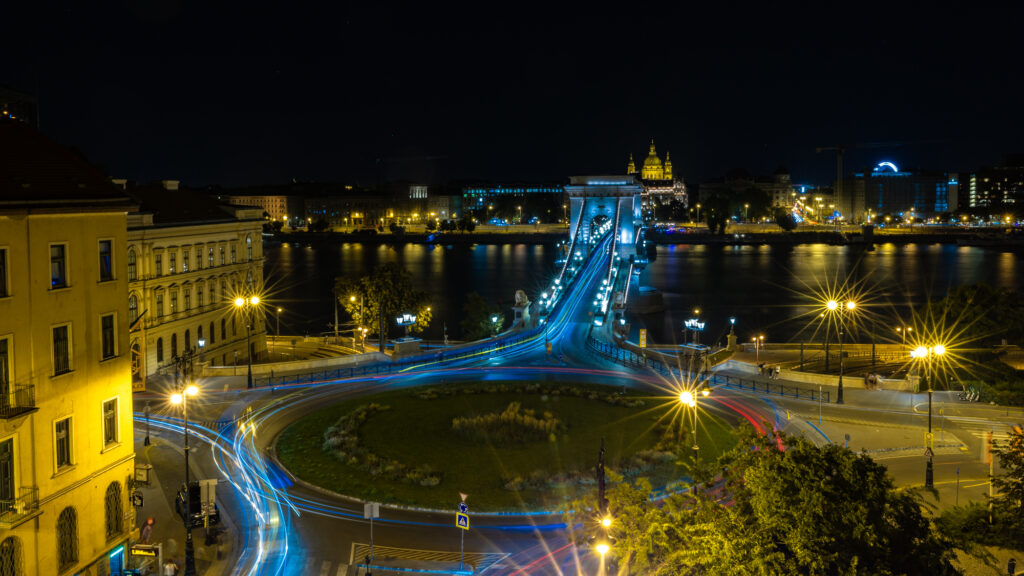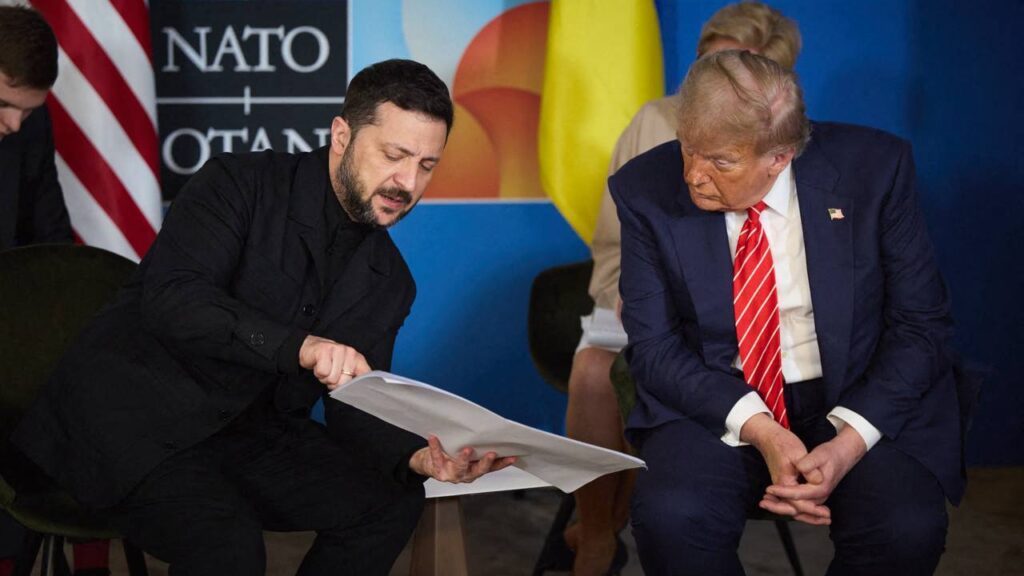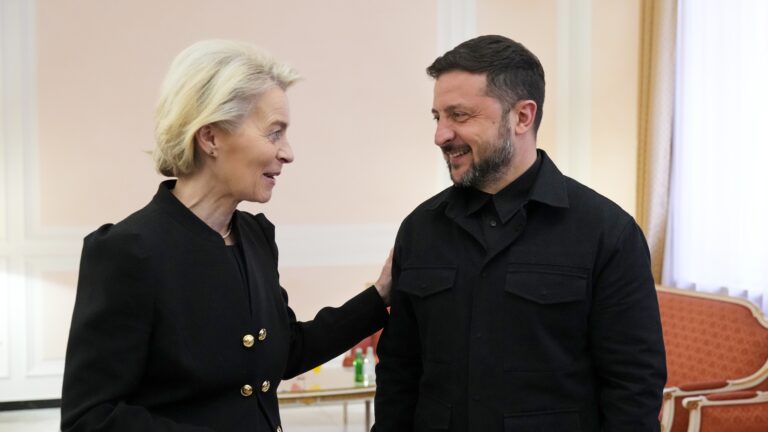The following is a translation of an article written by foreign affairs and security policy expert Anton Bendarzsevszkij, Director of the Oeconomus Economic Research Foundation, originally published on Mandiner.hu.
In the coming weeks, it will be decided whether the new phase of the war in Ukraine will resemble the Western Front of the First World War or it will be more like Normandy.
This year’s Ukrainian counter-attack has entered its final phase: in the previous weeks, all the troops that have been prepared for months have been deployed. Kyiv has now laid all its cards on the table: the number of units on the ground, its counter-attack strategy, and the direction of its major thrust, Tokmak.
Although in recent weeks—well before the Ukrainian reserves were sent to the front—several analysts have described this year’s counter-attack as a failure, it is certainly too early to draw such conclusions.
The success or failure of the Ukrainian army is being decided right now, in the coming weeks.
It took the Ukrainian forces roughly two and a half months to get through the mine-ridden security zone and reach the first Russian line of defence.
The maximum objectives of the counter-attack are to reach the Sea of Azov and cut off Russian troops and supplies. The minimum measure of success would be the recapture of a major logistics hub, such as Tokmak or Volnovakha, from where the artillery could already reach the seacoast. The key question is what reserves Moscow has left. Ukraine is certainly hoping for a breakthrough similar to the one in Kharkiv last year, when Russian units, left without reserves and supplies, vacated the occupied territories, leaving everything behind. There is less chance of that now, but we have seen a lot happen in the last year and a half—one only needs to consider the rise and fall of Yevgeny Prigozhin in the space of a single year.
Logic dictates that Russia is beginning to exhaust its human resources: it faced the same problem last September, when the professional Russian army, trained over years, was worn down by fighting, and so another 300,000 men were mobilized. This was a year ago, and since then there were Russian offensive attempts in several parts of the Donets Basin and a months-long siege of Bakhmut, in which regular soldiers were also involved in addition to Wagner mercenaries. The front line now stretches along 800 kilometres, which the Russian forces have to defend, while losses are high and the soldiers are becoming increasingly exhausted due to lack of rotation. At the moment, this is perhaps a factor on which the Ukrainian leadership can best rely.
However, the Ukrainian advancement carries great risks: if they do not succeed in breaking through the Russian lines, but there is only a slow, organized retreat by the Russian army, it would mean that the Ukrainian forces would have to penetrate deeper and deeper behind the Russian lines through a corridor of entrenchment, leaving them more exposed to the Russian air force and artillery, and making it more difficult to resupply.
The stakes are high, and there are no second chances: from October, weather conditions will put a stop to the counter-attack. It could take months to prepare new units, and if there is no demonstrable result now, the nearest time they could be back in action is next spring.
Many analysts compare the previous six months of the Russian–Ukrainian war to the Western front of the First World War.
The Russian and Ukrainian defences that were set up bear many similarities to the events of more than a century ago, when a years-long stand-off ensued with huge casualties but without any strategic success. However, there is another analogy, which has been pointed out by the US RAND Corporation, among others: the Allied landings in Normandy in 1944. According to figures published by RAND, the average troop density of the opposing forces on the Western Front of the First World War in 1916 was over 10,000 troops per mile. In Normandy, the density was merely a fraction of that, at around 1,000 troops per mile, and in Ukraine, the density of Russian troops on the front is around seven hundred per mile. In six weeks of hard fighting in 1944, the Allied Forces managed to advance only thirty kilometres against the German lines, but when they managed to break through the enemy’s defences, the German army collapsed.
In any case, the next few weeks will show the true situation on the front: success in Ukraine will bring the war closer to its end; failure could result in a stand-off and the conflict dragging on for years.
Related articles:
Click here to read the original article.








